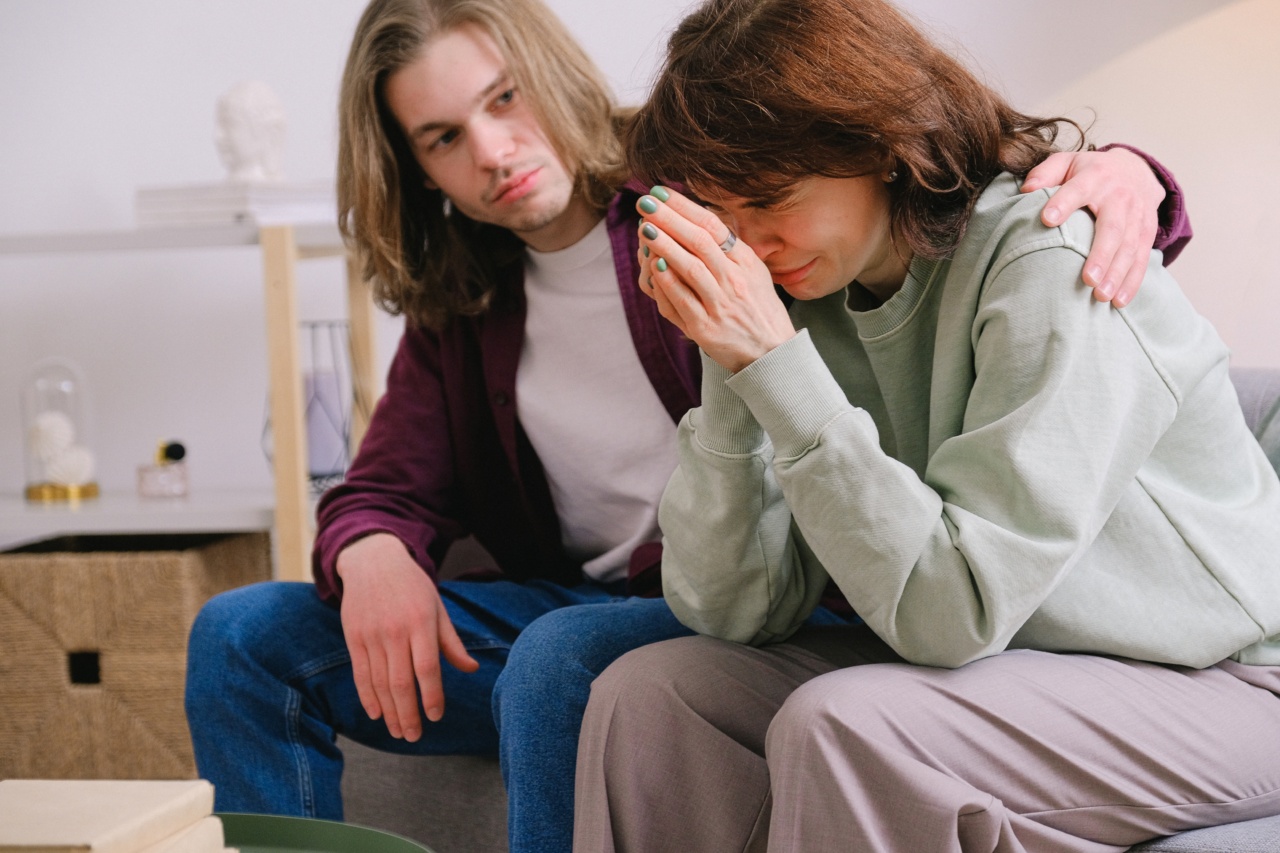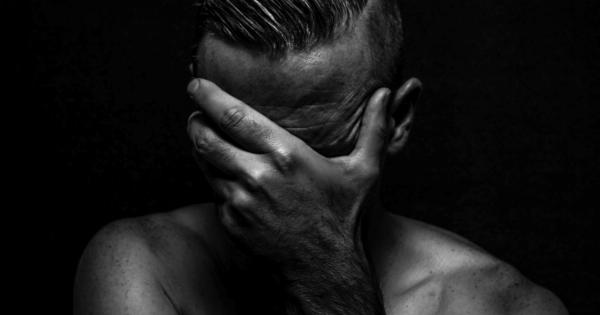It’s a common stereotype that women cry more frequently than men. Although it’s not true for everyone, research shows that there might be some physiological and sociological reasons for this phenomenon.
Physiological Reasons
One of the reasons why women may cry more frequently than men is physiological. Tear ducts in women are smaller in size which can cause tears to well up and spill over more easily.
Moreover, women’s tears contain more prolactin, a hormone associated with emotional stress, which may trigger more crying spells.
Emotional Expression
Crying is often viewed as a sign of weakness, particularly for men. Conversely, women tend to be more expressive about their emotions and may cry to release stress or as a way of seeking comfort.
Crying can serve as an effective coping mechanism, and women may find it easier to process their emotions by crying. Lena Dunham, a writer and television creator, once said: “Crying is the most human of moments.”.
Experience of Hormonal Changes
Women may also cry more frequently due to hormonal changes, notably during puberty, menstruation, pregnancy, and menopause.
Puberty is the period when young girls typically experience shifts in their hormones, which can result in mood swings and tender emotions. Menstruation is a time when female hormones fluctuate, and while it might not cause them to cry, feeling anxious, depressed or easily stressed are common symptoms.
During pregnancy, the body undergoes massive hormonal changes, which can cause women to cry frequently, i.e., over-sensitivity, mood changes, etc. During menopause, women experience a decrease in estrogen production, which can lead to increased anxiety and depression and result in frequent crying spells.
Cultural Influences
Typically, in many cultures, men are always encouraged to control their emotions and avoid crying in public or private situations.
Women, on the other hand, are taught to be expressive with their emotions and are usually allowed to cry without being looked down upon more so in public. Societal expectations influence the ways people express their feelings, and since men are not “allowed” to cry, they usually don’t, however, women are allowed to and tend to as a way of venting their emotions.
Mental Health Issues
Several mental health conditions are linked to frequent crying. These include depression, anxiety, and bipolar disorder. Women are more commonly affected by these conditions than men.
Women often are more open to seeking assistance for these issues, which can lead to a diagnosis and treatment like therapy which is encouraged in expressing emotions.
Conclusion
While crying is an essential component of the human emotional experience, it is also influenced by many factors, including our physical bodies, emotional expression, hormonal changes, cultural influences, and mental health issues.
When discussing the difference in the frequency of crying among men and women; It is essential to understand these factors as they play a crucial role in determining a person’s emotional temperament and behavior.






























